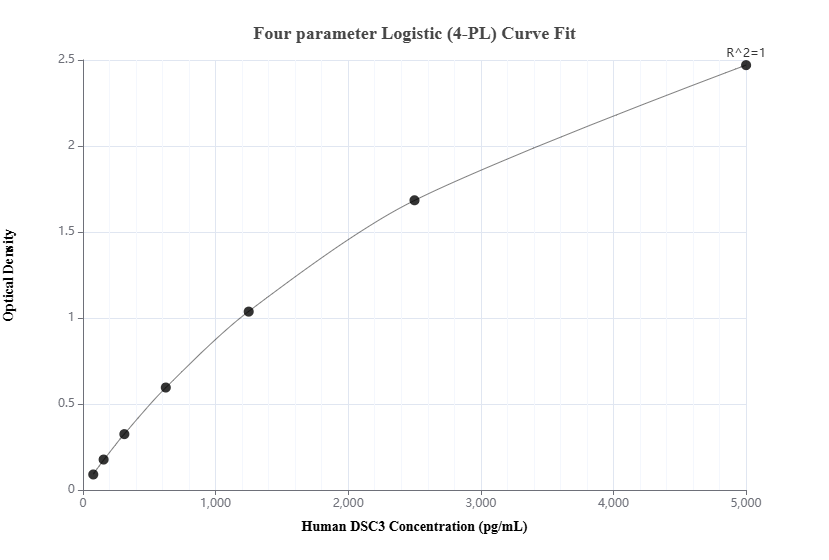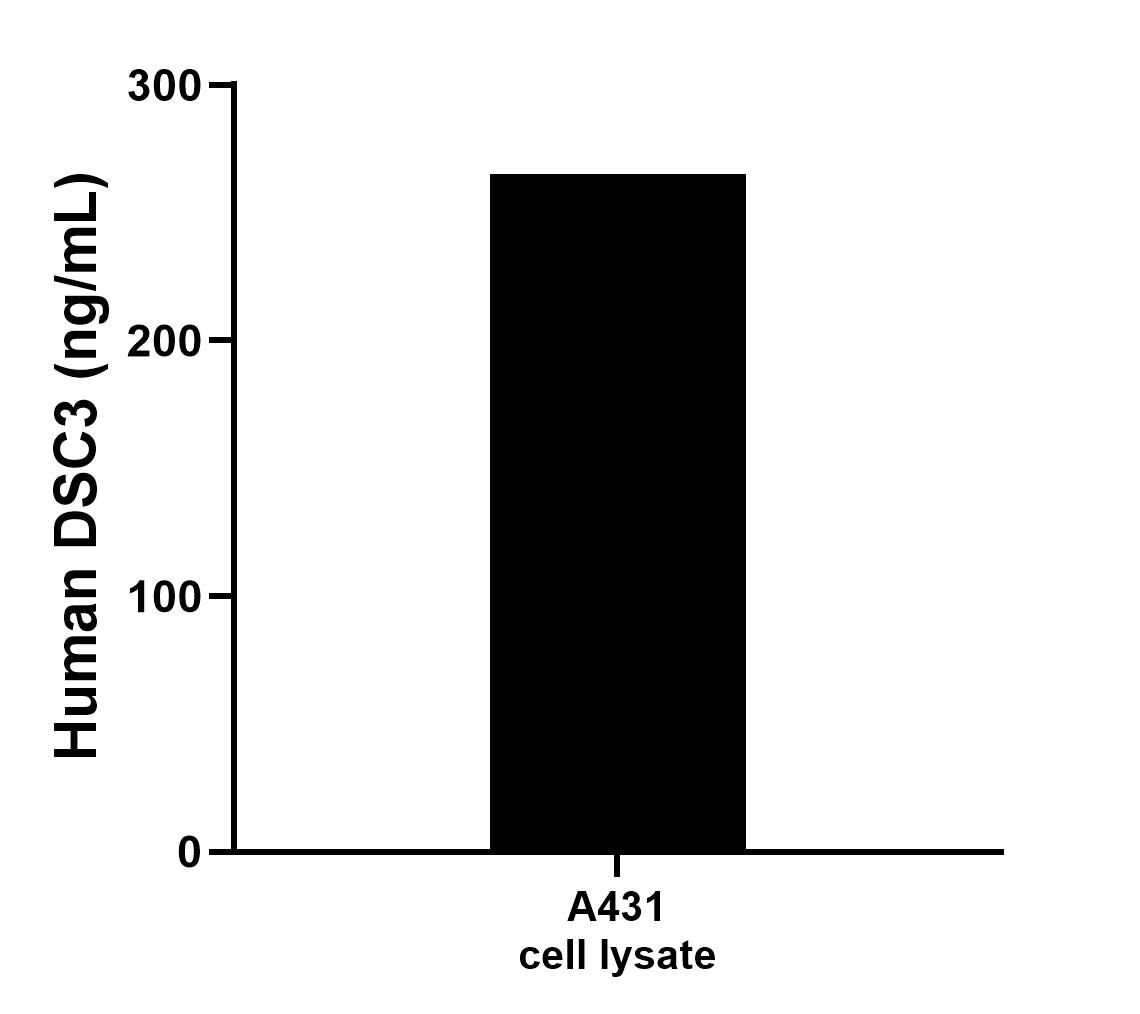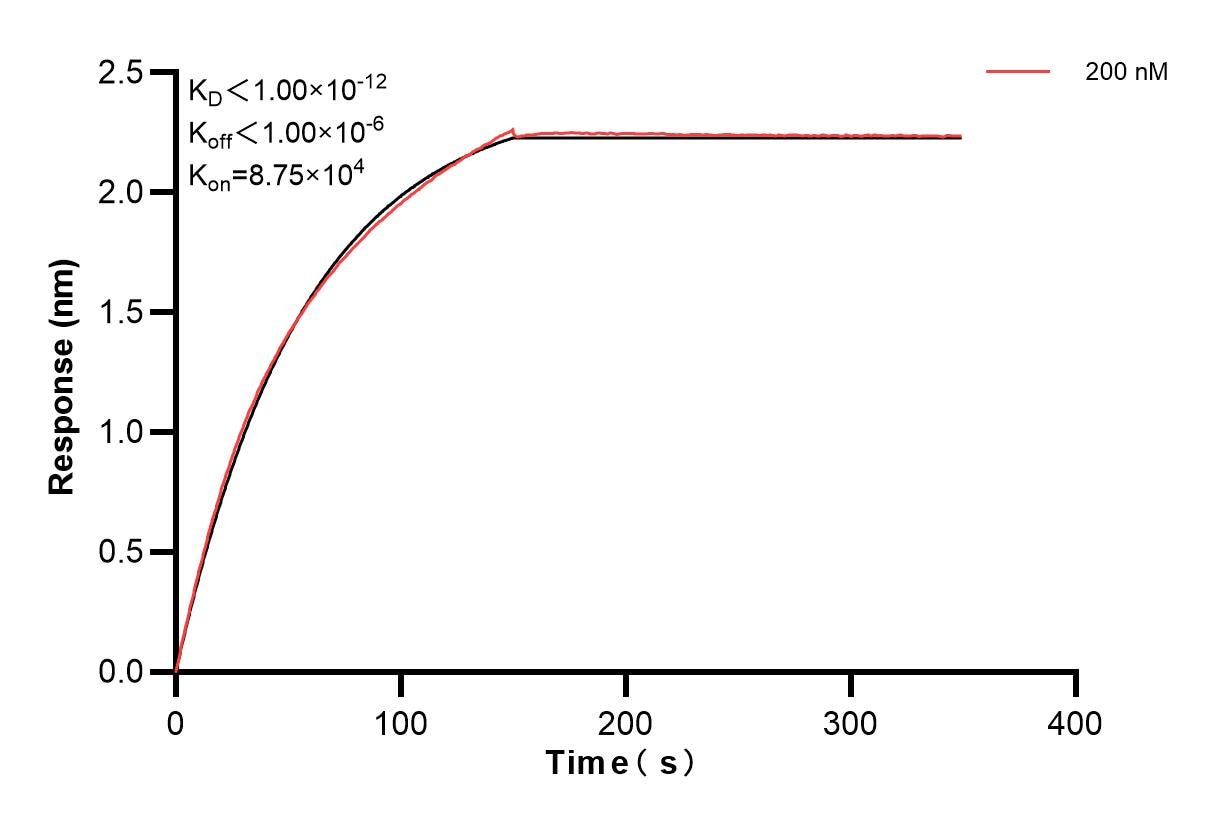Product Information
83386-2-PBS targets DSC3 as part of a matched antibody pair:
MP00421-4: 83386-6-PBS capture and 83386-2-PBS detection (validated in Sandwich ELISA)
Unconjugated rabbit recombinant monoclonal antibody in PBS only (BSA and azide free) storage buffer at a concentration of 1 mg/mL, ready for conjugation. Created using Proteintech’s proprietary in-house recombinant technology. Recombinant production enables unrivalled batch-to-batch consistency, easy scale-up, and future security of supply.
This conjugation ready format makes antibodies ideal for use in many applications including: ELISAs, multiplex assays requiring matched pairs, mass cytometry, and multiplex imaging applications.Antibody use should be optimized by the end user for each application and assay.
| Tested Reactivity | human |
| Host / Isotype | Rabbit / IgG |
| Class | Recombinant |
| Type | Antibody |
| Immunogen | DSC3 fusion protein Ag34648 Predict reactive species |
| Full Name | desmocollin 3 |
| Calculated Molecular Weight | 100 kDa |
| GenBank Accession Number | NM_001941 |
| Gene Symbol | DSC3 |
| Gene ID (NCBI) | 1825 |
| Conjugate | Unconjugated |
| Form | Liquid |
| Purification Method | Protein A purification |
| UNIPROT ID | Q14574 |
| Storage Buffer | PBS only, pH 7.3. |
| Storage Conditions | Store at -80°C. |
Background Information
Desmocollin-3 (DSC3), also known as CDHF3 and DSC4, is a member of the cadherin superfamily of calcium-dependent cell adhesion molecules and a major component of desmosomes. It has 2 isoforms with molecular masses of 100 and 93 kDa. It is particularly expressed in the vagina, testis, skin, oral mucosa and esophagus. Its subcellular localization is at the cell membrane. Post-translational modifications, including glycosylation, have been described.







